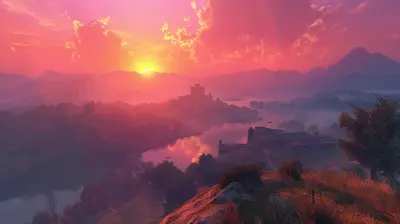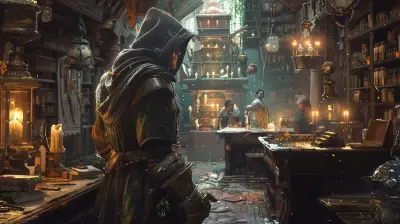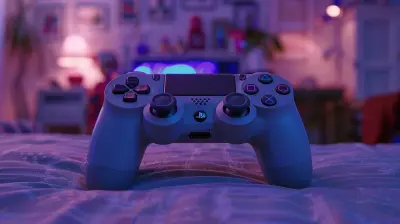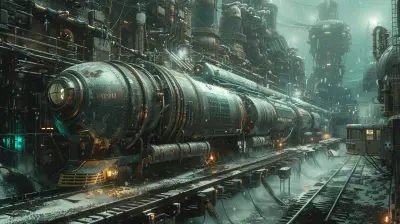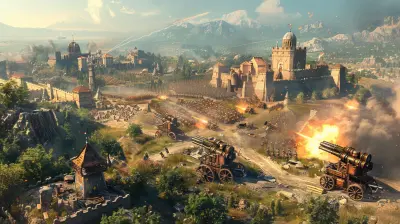How Indie Games Are Capturing the Spirit of Retro Gaming
6 May 2025
Let’s face it, the term “retro gaming” strikes a nostalgic chord for anyone who remembers blowing into NES cartridges or jamming to the pixelated tunes of 16-bit soundtracks. There's something magical about those simpler times—when games weren’t trying to be cinematic masterpieces but were instead focused on delivering pure, unfiltered fun. And guess what? Indie games are bringing that golden era back, but with a modern twist.
Indie developers are like the punk rockers of the gaming world. With smaller budgets but unlimited creativity, they're reviving the retro gaming vibe in ways that big studios rarely attempt these days. But how exactly are they doing it? Let’s take a deep dive into how indie games are capturing the spirit of retro gaming and why players (like you and me) can’t seem to get enough of them.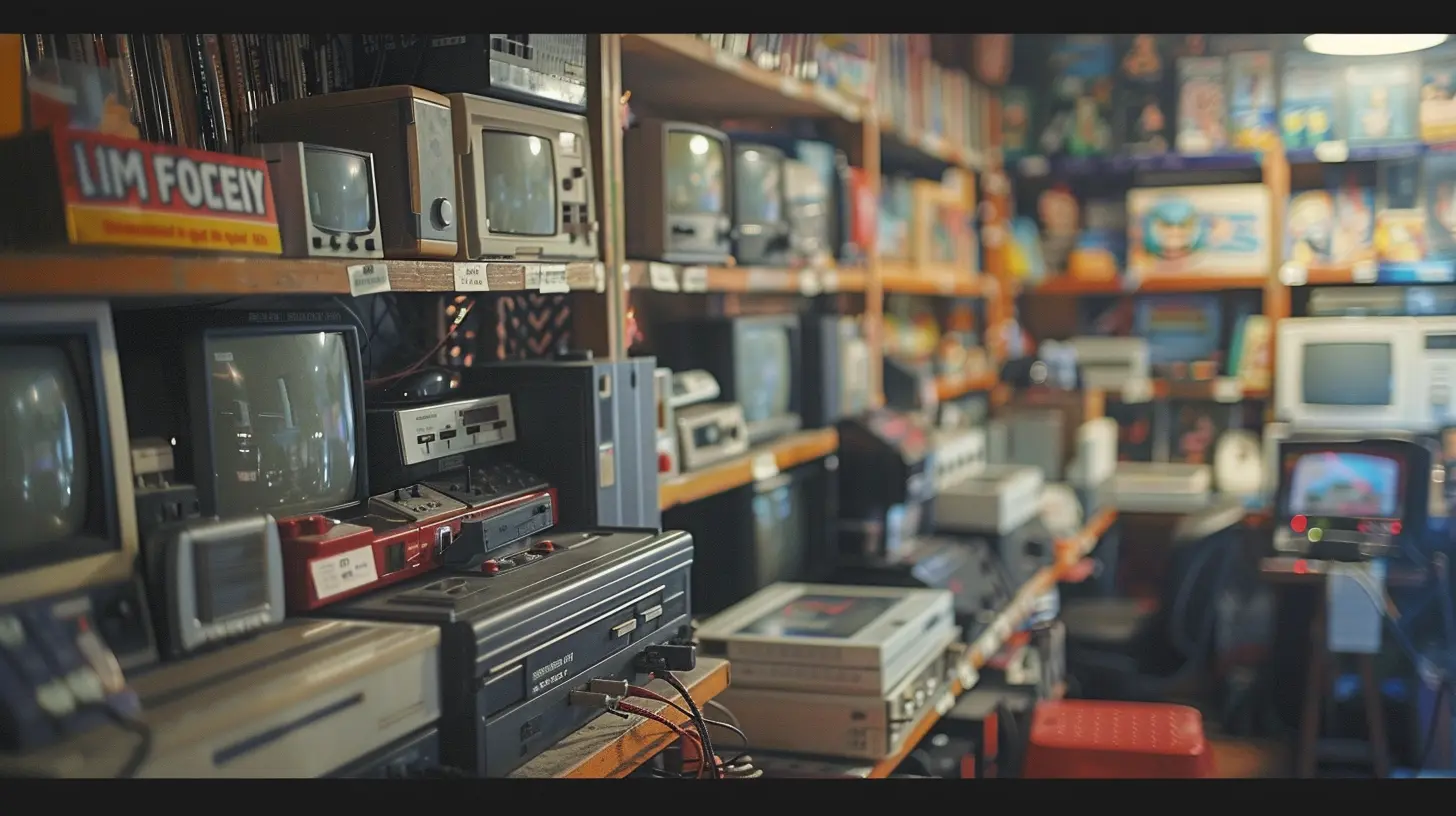
The Allure of Retro Gaming: Why We Can't Let Go
Before we dive into indie games, let’s talk about what makes retro gaming so special. Why is it that, decades later, people still adore 8-bit sprites and MIDI soundtracks? For starters, retro games were simple yet challenging. These were the days before tutorials held your hand, and saving your progress wasn’t always an option. Died on Level 3? Too bad, back to the start.Retro games were all about gameplay—they didn't lean on flashy graphics or sprawling open worlds. Instead, they focused on mechanics that were easy to pick up but hard to master. Think of games like Super Mario Bros. It’s as simple as “jump over gaps, avoid enemies,” but try running through World 8 without breaking a sweat. Yeah, not so easy.
And then, there's nostalgia. Retro games transport us back to childhood—a time of Saturday morning cartoons and sleepovers where you'd battle your friends in Street Fighter II. They’re comfort food for the soul, taking us back to a simpler, carefree time.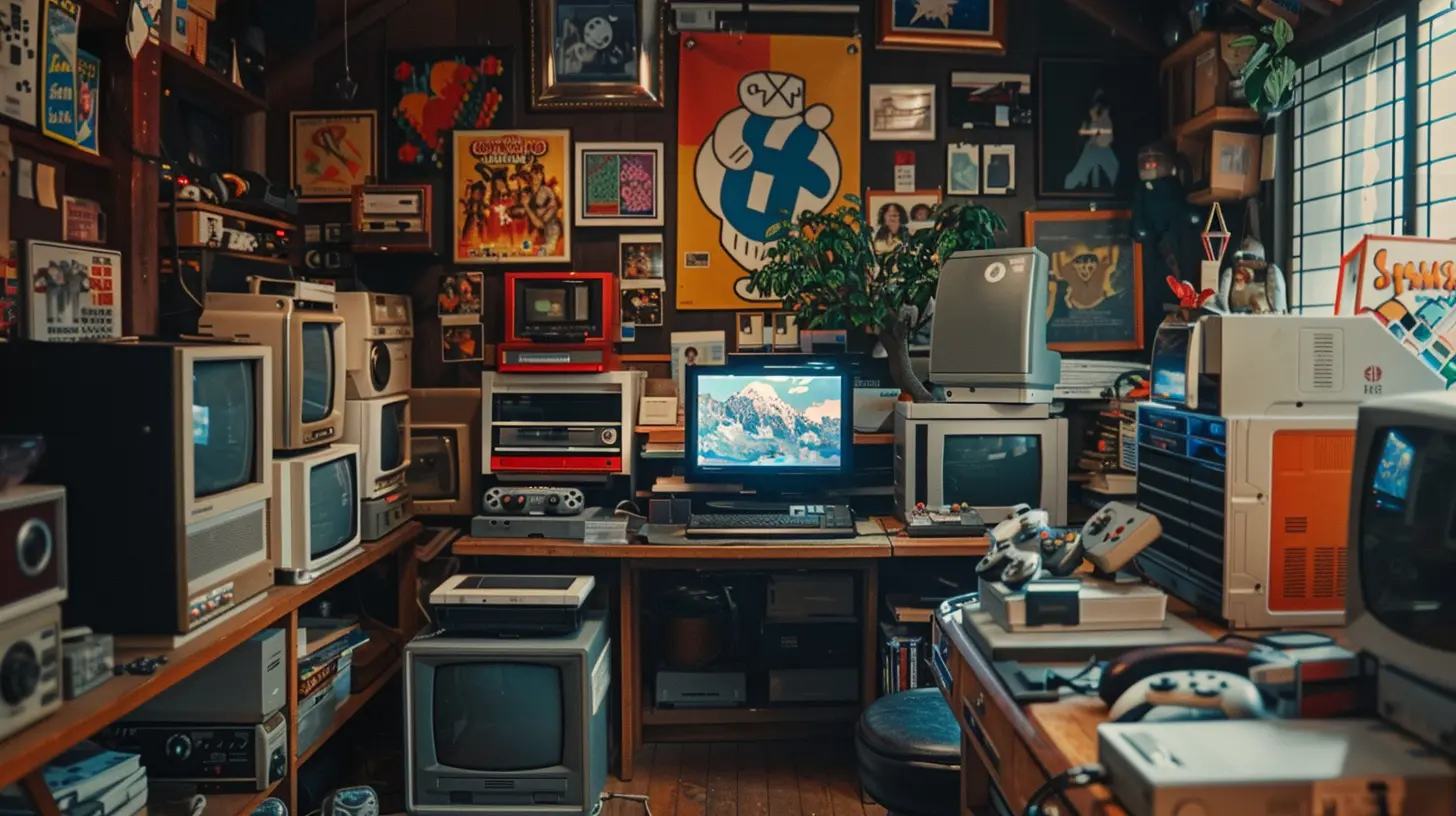
Enter Indie Games: Modern Love Letters to Retro
Indie games have taken that retro spirit and supercharged it. These developers are like modern-day archaeologists, unearthing the past to create something new—but not without a touch of their own creativity. Unlike AAA studios, indie developers don’t have monstrous budgets. What they do have, though, is passion, and that passion shines through in the retro-inspired gems they create.Take Celeste, for example. On the surface, it looks like an old-school platformer straight out of the SNES era. But beneath its pixel-art exterior lies a game infused with modern mechanics, tight controls, and an emotionally gripping story. It hits you right in the feels while giving you those retro vibes.
Or what about Shovel Knight? This indie darling takes inspiration from classics like Mega Man and DuckTales but adds its own flair. The result? A game that feels fresh yet deeply familiar—like running into an old friend and immediately reconnecting.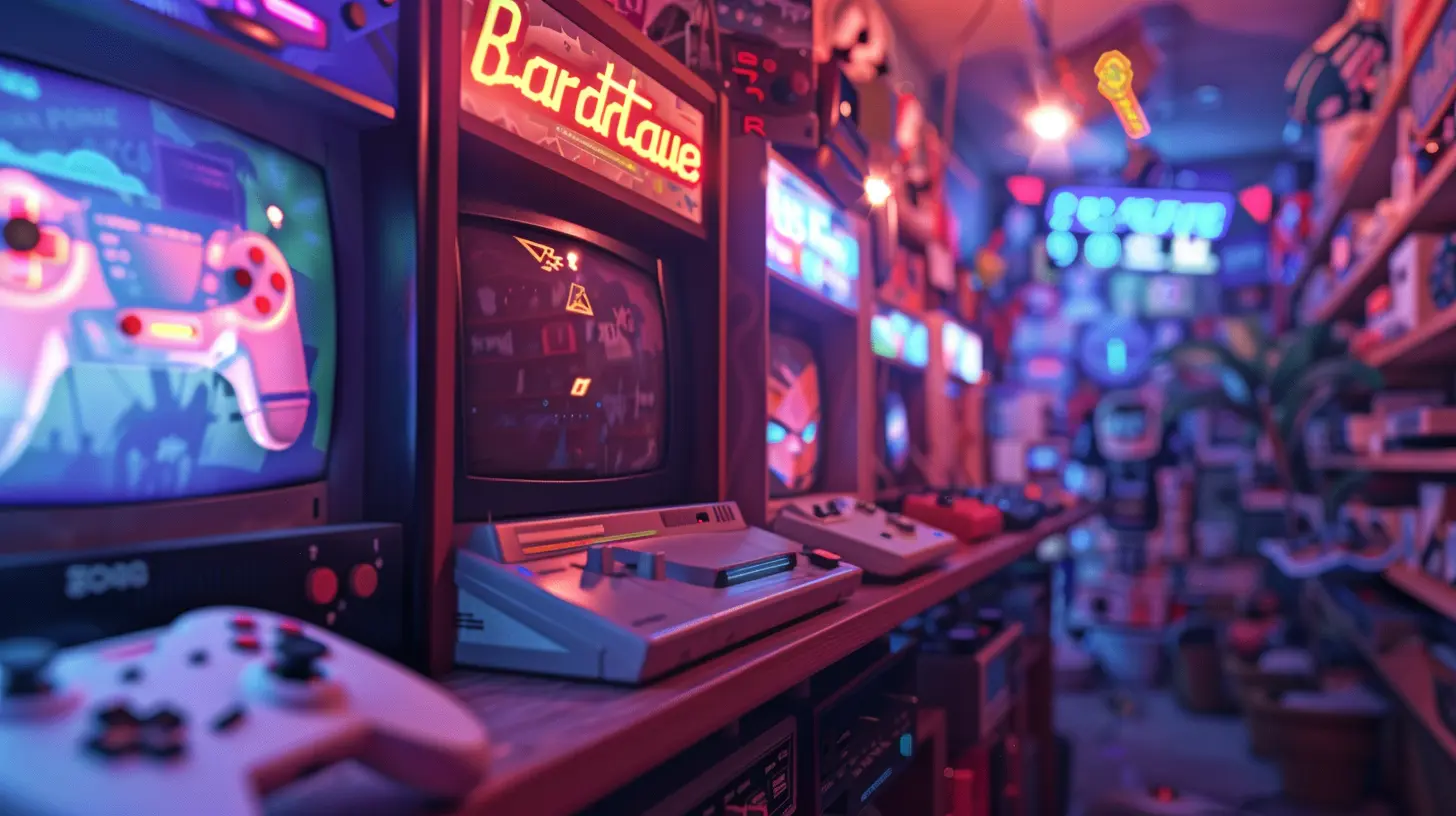
Why Indie Developers Nail the Retro Aesthetic
So, what’s the secret sauce? How do indie developers so perfectly blend the past with the present? Here’s the breakdown:1. Pixel Art Is Timeless
Let’s be real—pixel art never goes out of style. It’s like the denim jacket of video game graphics. Indie devs love using pixel art because it evokes nostalgia while still leaving room for their own creativity. And with today’s technology, pixel art has evolved. Games like Hyper Light Drifter and Journey show how pixel art can be both retro and breathtakingly beautiful.2. Chiptunes and Synthwave Soundtracks
If pixel art is the visual hallmark of retro gaming, then chiptunes are its soundtrack. Indie games have fully embraced this, cranking out tunes that sound like they were ripped straight from a Game Boy but with upgraded vibes. Just listen to the Undertale soundtrack—it’s a full-on earworm that feels nostalgic yet fresh enough to slap on your Spotify playlist.3. Challenging Gameplay
Remember when games didn’t hold your hand? Indie devs do too. Games like Hollow Knight harken back to the days when beating a level felt like a badge of honor. The difficulty is part of the fun, and it keeps players coming back for more. When you finally take down that impossible boss, it’s pure serotonin.4. Tributes With a Twist
One of the coolest things about indie games is how they pay tribute to retro classics while adding something new. For instance, Axiom Verge is a love letter to Metroid, but it introduces a bunch of innovative mechanics that make it unique. It’s familiar yet fresh—like an upgraded version of your favorite comfort food.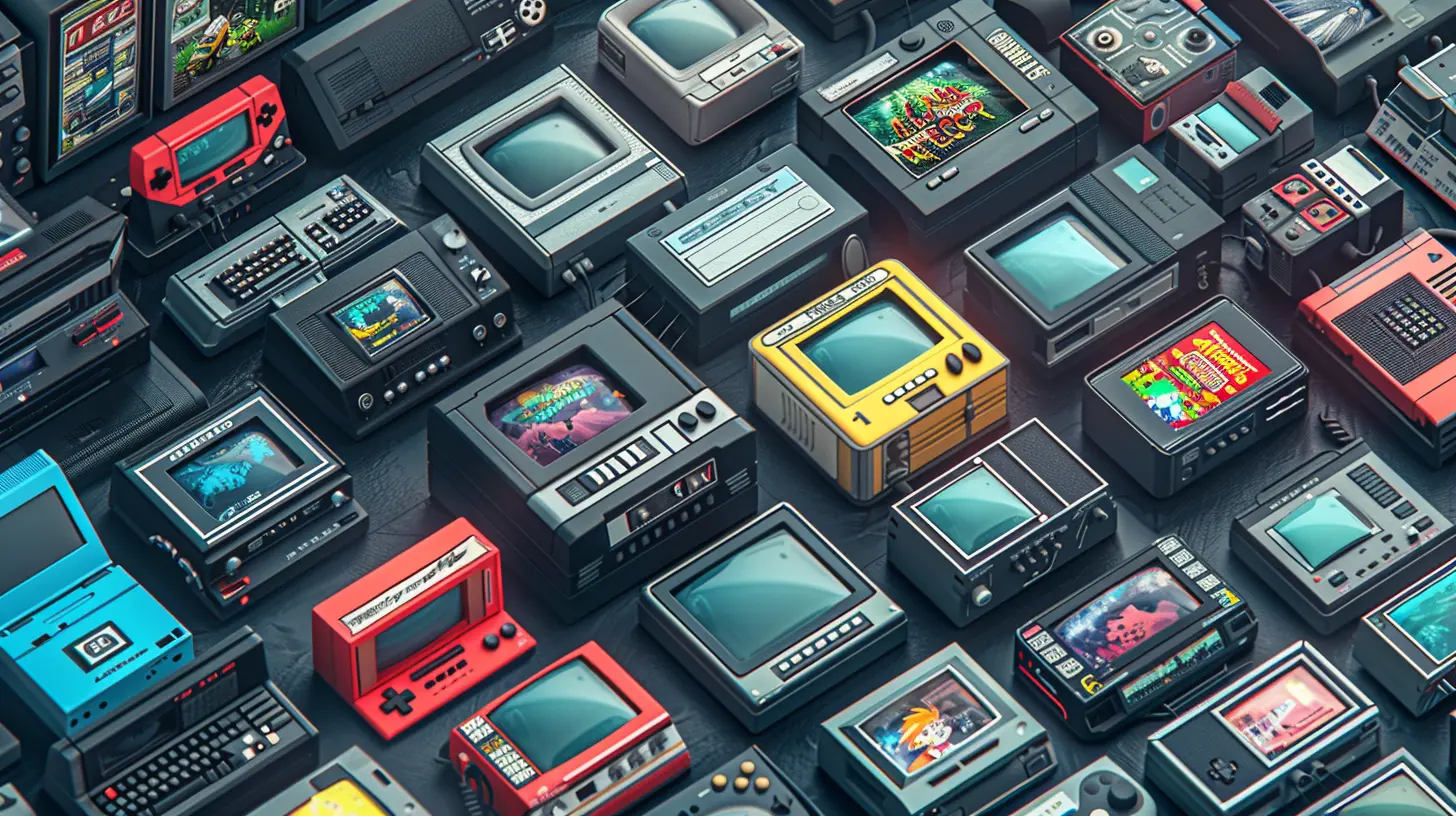
How Indie Games Appeal to Both New and OG Gamers
What’s wild about the indie retro resurgence is how it manages to capture two wildly different audiences. You’ve got the old-school gamers, the ones who grew up with the NES and SNES, who appreciate the callback to their childhood. Then, you’ve got the younger crowd—a whole generation that never experienced cartridges or wired controllers—falling in love with games that feel delightfully “new.”It’s a win-win. For older gamers, indie games are like time machines, taking them back to Saturday mornings spent on the living room floor. For younger players, it’s a chance to experience the essence of gaming in its purest form, free from microtransactions and endless DLC packs. Everybody’s happy.
Modern Tools, Retro Charm
One reason indie developers can churn out such awesome retro-inspired games is the tools at their disposal. Game engines like Unity, Godot, and GameMaker Studio have made it easier than ever for small teams—or even solo devs!—to create polished games that rival the classics they’re inspired by.These tools allow creators to focus on the heart of their games—whether that’s nailing tight platforming mechanics, crafting catchy soundtracks, or delivering emotionally impactful stories. It’s creativity unleashed, and players are eating it up.
The Rise of Retro-Inspired Communities
The indie-retro love affair doesn’t stop with the games themselves. It’s sparked an entire community of enthusiasts. Forums, subreddits, and YouTube channels dedicated to retro-inspired indie games are thriving. And let’s not forget about speedrunners who elevate these games to an art form, pushing every mechanic to its limits.This sense of community is yet another way indie games capture the retro spirit. Back in the day, gaming wasn’t just about playing—it was about sharing tips, secrets, and high scores. Indie games recreate that buzz, making it cool to “talk game” again.
The Future of Retro Gaming Through Indie Eyes
So, where do we go from here? Are indie games just a fad or a genuine evolution of retro gaming? If you ask me, it’s the latter. As long as there’s a hunger for the simplicity, challenge, and charm of retro games, indie developers will keep delivering.And who knows? Maybe 20 years from now, we’ll see a new generation of indie devs creating games that pay homage to today’s indies. It’s like an endless feedback loop of creativity—a “retro-ception,” if you will.
Final Thoughts: Why Indie Retro Games Just Hit Different
Indie games are like mixtapes of nostalgia, blending the best of retro gaming with modern ideas. They remind us why we fell in love with games in the first place, while still feeling fresh and exciting. Whether it’s pixel-perfect graphics, unforgettable soundtracks, or nail-biting challenges, these games prove you don’t need a massive budget to create something magical.So, next time you’re scrolling through your gaming library or looking for your next big obsession, give an indie retro-inspired game a shot. You might just find that old-school spark you’ve been missing.
all images in this post were generated using AI tools
Category:
Indie GamesAuthor:

Emery Larsen
Discussion
rate this article
5 comments
Phaedron Blair
What a fantastic read! It's heartwarming to see how indie games are reviving the magic of retro gaming. They truly capture the essence of nostalgia while adding fresh creativity. It's an exciting time for gamers to explore these unique experiences. Can't wait to see what the indie scene brings next!
May 15, 2025 at 4:37 PM

Emery Larsen
Thank you! I'm glad you enjoyed the article. The indie scene truly is a treasure trove of creativity and nostalgia!
Blaine McConnell
Indie games, by blending nostalgia with innovation, remind us that the essence of retro gaming lies not just in pixel art, but in creativity and passion. They revive the spirit of exploration and storytelling, proving that meaningful experiences transcend technological advancement.
May 12, 2025 at 4:31 AM

Emery Larsen
Thank you for your thoughtful comment! I completely agree that indie games beautifully merge nostalgia with innovation, showcasing that creativity and passion are at the heart of engaging storytelling and exploration.
Sasha Romero
Indie games brilliantly revive the magic of retro gaming, blending nostalgia with innovation. They harness creativity and passion, reminding us that true artistry lies in heartfelt gameplay. Let's embrace this vibrant movement that champions originality and celebrates the joy of gaming’s rich heritage!
May 10, 2025 at 4:29 AM

Emery Larsen
Thank you for highlighting the heart of indie games! Their unique blend of nostalgia and innovation truly captures the essence of retro gaming while celebrating creativity. Let's keep supporting this inspiring movement!
Corinne Curry
This article highlights how indie games revive retro charm, yet it overlooks the risk of nostalgia overshadowing innovation. True success lies in blending classic aesthetics with fresh gameplay experiences.
May 9, 2025 at 3:26 AM

Emery Larsen
Thank you for your insightful comment! You raise a valid point about balancing nostalgia with innovation, and I appreciate the reminder that true creativity often comes from blending the old with the new.
Winona Collins
What a fantastic read! Indie games really have a unique way of blending nostalgia with innovation, capturing the heart of retro gaming while pushing creative boundaries. It’s exciting to see how these developers pay homage to classic titles while crafting fresh experiences. Can’t wait to discover more gems! 🎮✨
May 8, 2025 at 2:46 AM

Emery Larsen
Thank you! I'm thrilled you enjoyed the article—it's inspiring to see indie developers merge nostalgia with innovation. Stay tuned for more exciting indie gems! 🎮✨
